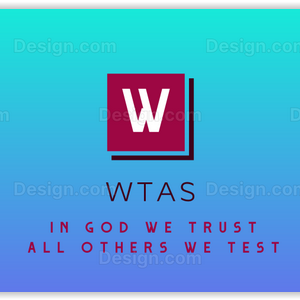Governance, Risk, and Compliance (GRC) has emerged as a critical operational strategy in the constantly evolving business landscape. With its roots deeply embedded in aligning IT activities with business goals, managing risks, and ensuring regulatory compliance, GRC has become a cornerstone for organizations in every sector.
Defining GRC
GRC is an umbrella term that combines an organization’s approach to three key areas: Governance, Risk, and Compliance.
Governance
Governance refers to the structures, processes, and rules implemented to ensure business operations align with strategic goals and objectives. It includes aspects like resource management, ethics, management, and accountability. Effective governance involves clearly defining roles and responsibilities and evaluating employees based on their performance.
Risk Management
Risk management involves identifying, assessing, and mitigating various risks that could potentially impact business operations. It encompasses personnel, technologies, and processes establishing and enforcing risk mitigation objectives. Effective risk management requires keeping stakeholders informed and incorporating legal, contractual, and business requirements.
Compliance
Compliance refers to an organization’s adherence to external and internal regulations, rules, and practices. Compliance demands range from government regulations and industry standards to internal policies and procedures. Compliance is crucial to avoid legal issues, financial penalties, and potential reputational damage.
The Importance of GRC
GRC is not merely a set of procedures and rules but an essential part of an organization’s strategic planning. A robust GRC framework can provide significant benefits, including improved decision-making, optimal IT investments, elimination of silos, and reduced fragmentation across departments and divisions.
Moreover, in the digital transformation era and growing cyber threats, GRC is critical in protecting an organization’s digital assets and ensuring data security.
Current GRC Challenges
Despite its significance, implementing an efficient GRC strategy is challenging. Here are some common issues organizations face in their GRC journey:
1. Siloed Approach
Many organizations still function in silos, with each department or business unit having its own set of data, processes, stakeholders, technology, and compliance requirements. This lack of integration can make building a cohesive and effective GRC framework difficult.
2. Inadequate GRC Framework
A comprehensive GRC framework is crucial for every successful business. However, integrating the goals and requirements of all business departments can be a significant challenge. Moreover, the framework must also adapt to changing regulatory requirements and market scenarios.
3. Regulatory Flux
The regulatory landscape is continuously evolving, and keeping up with these changes is daunting for businesses of all sizes. A robust GRC framework can help companies to stay abreast of these changes and ensure compliance.
4. Manual Processes
Many organizations still rely on manual processes for various aspects of GRC, which can lead to inefficiencies and increased risk. Automating these processes can significantly improve the effectiveness and efficiency of the GRC strategy.
5. Organizational Culture
Implementation of a GRC strategy requires a shift in the organizational culture with a top-to-bottom approach. If not effectively implemented, it can lead to a misalignment between the GRC strategy and the organization’s culture.
Overcoming GRC Challenges
Despite the challenges, businesses can adopt strategies to overcome these GRC hurdles. Some of these strategies include:
Proactive Monitoring of Critical Controls
Continuous tracking of critical controls can provide valuable insights into violations and ways to mitigate risks in the future.
Determining Organizational Requirements
Understanding the organization’s unique needs is crucial for devising an effective GRC strategy.
Centralized Data Management
A centralized data management approach can simplify the information-gathering process for GRC documentation and promote informed decision-making.
Automating GRC Tools
GRC software can gather and analyze GRC records, support organization-wide learning, collect feedback, and report GRC incidents.
The Future of GRC
As businesses continue to evolve and face new challenges, so does the field of GRC. Technological advancements like AI and machine learning are reshaping the GRC landscape, enabling organizations to automate their GRC processes and gain deeper insights into their risk profiles.
In the future, organizations will increasingly rely on integrated, data-driven GRC programs to manage their governance, risk, and compliance needs. These programs will leverage advanced technologies to provide real-time insights, streamline processes, and facilitate informed decision-making.
Conclusion
In a nutshell, GRC is a critical component of an organization’s operational strategy. It is a continuous journey, not a destination. By understanding the importance of GRC, recognizing the challenges, and implementing strategies to overcome them, businesses can ensure they are well-prepared to navigate the complex landscape of governance, risk, and compliance. With the right GRC strategy in place, organizations can mitigate risks, ensure compliance, and drive business growth and success.
